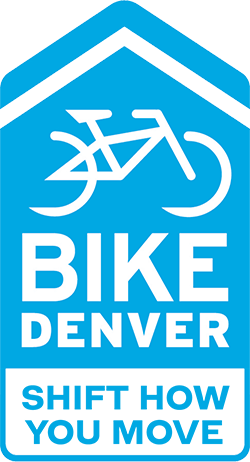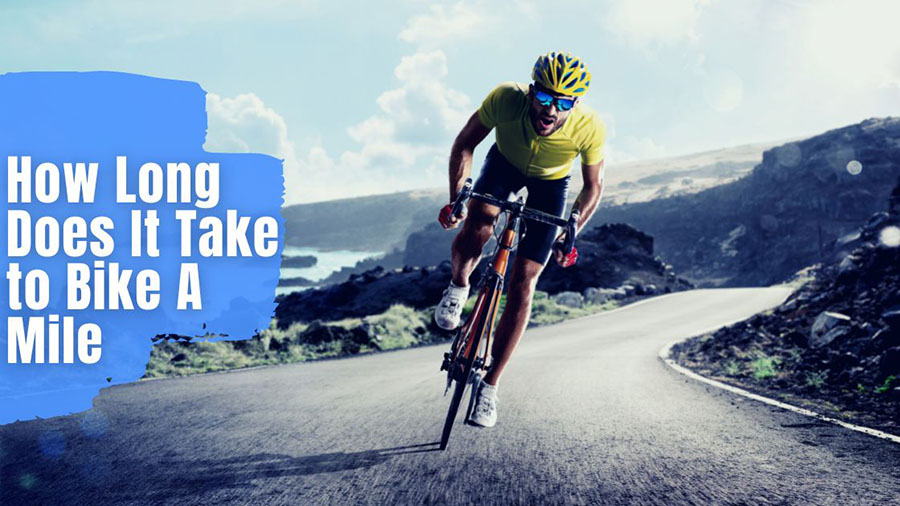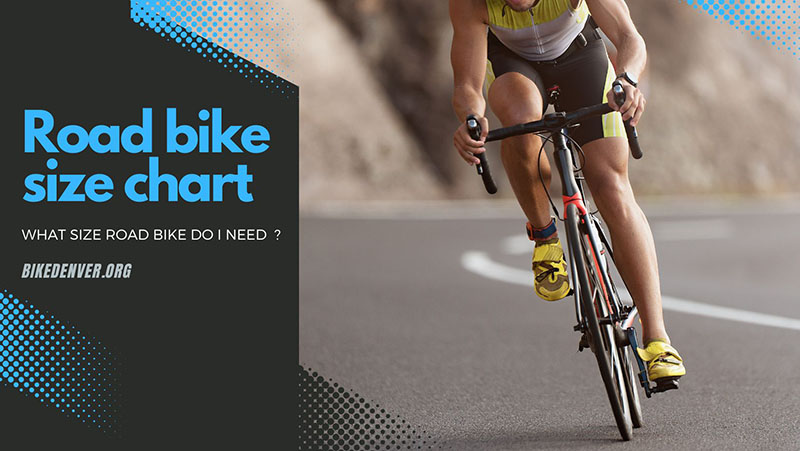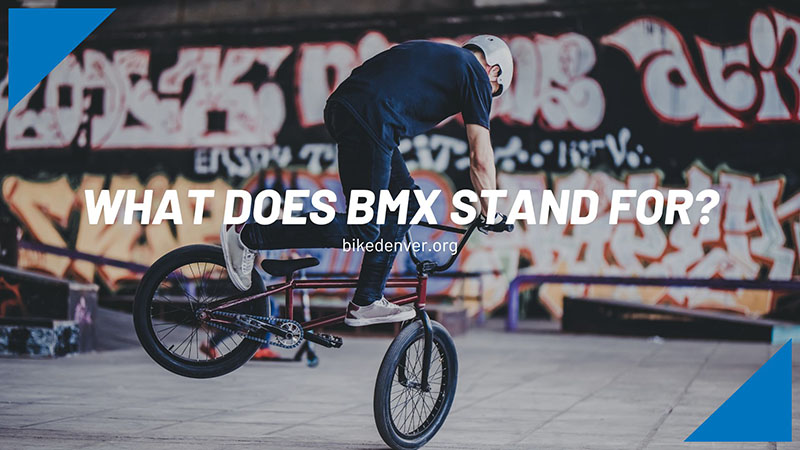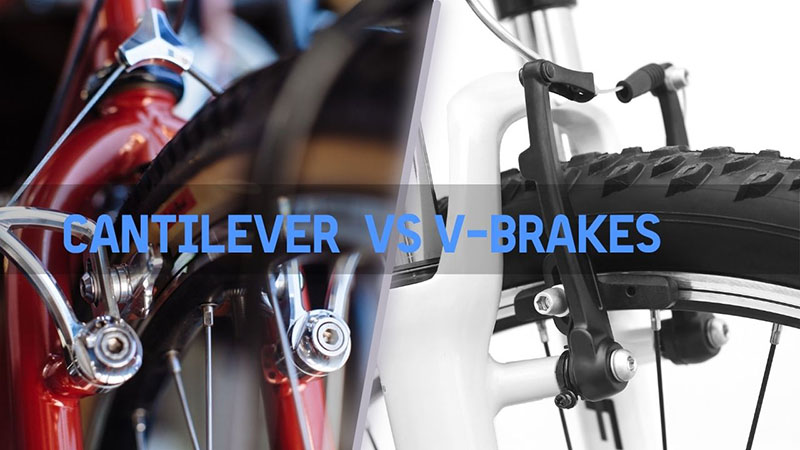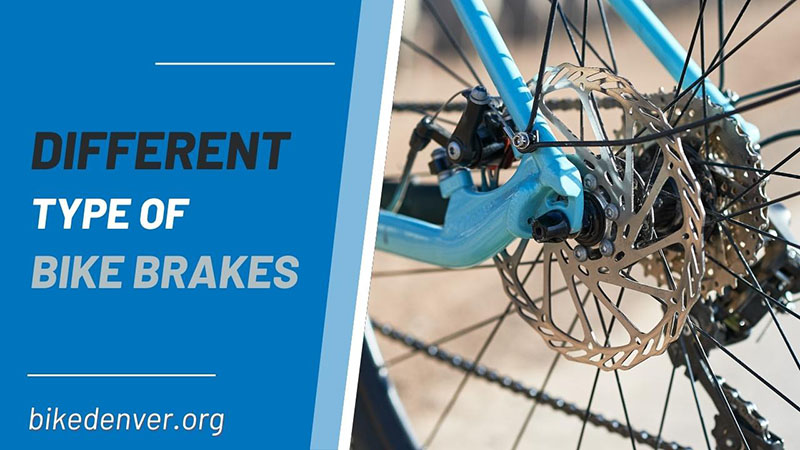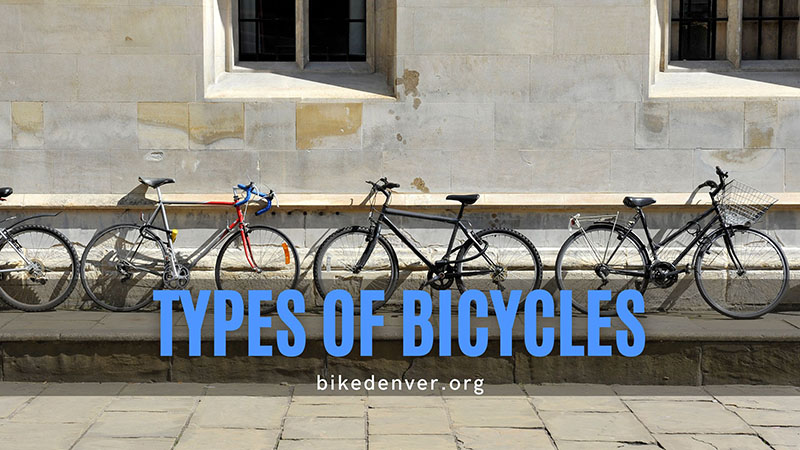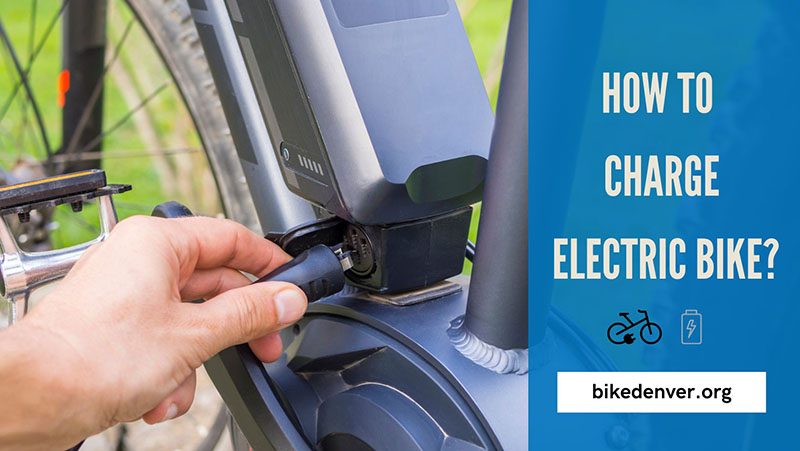Bicycles might lag behind motorcycles and cars (or any motor vehicle you could think of) in terms of speed. Yet, do not underestimate it; many people have even made records of 80-100 MPH on their bikes, meaning that they pedal 1 mile in just less than 1 minute!
Of course, these numbers may be too far-fetched for regular bikers, but you can still improve your daily cycling speed with some smart tricks.
Here is where we enter the scene, lending insight into everything there is to know about the average biking mile time and ways to increase your riding velocity.
Table of Contents
How Long to Bike A Mile
1. Based on Skills
The average riding speed fluctuates between 10 to 14 MPH (equating to 16 – 22 kilometers per hour). What does that mean? A typical cyclist would take 4 to 6 minutes to complete a one-mile distance.
Do not forget that numerous factors affect this calculation – one of which is your cycling skills. As you could have guessed, 4-6 minutes only apply to untrained, regular riders; meanwhile, those undergoing competitive environments or frequent training can easily raise those bars much higher.
The table below will sum up how long average cyclists often take to ride a mile based on their skill sets.
| Time Needed for One Average Person To Ride 1 Mile | |
| Beginner Riders | 6 mins |
| Intermediate Riders | 3 mins and 45 secs |
| Advanced Riders | 3 mins |
| Professional Riders | 2 mins and 30 secs |
2. Based on Terrains
The tires have direct contact with the ground, after all. Hence, it’s natural to conclude that the surfaces’ characteristics also play a role in deciding how fast you can cycle.
Everyday, Normal Ride
One mile of a daily bike ride only takes about 6 minutes. Anyone can hop on their bike and pedal comfortably at 10 MPH – the typical speed for rank beginners.
Note that these rides are only casual, so putting too much pressure on you and the bike is unnecessary. Plus, there has been no establishment as to how many miles you will cover, so the time required for your first mile should not matter that much.
The main takeaway is that unless you want to break some records, 10 MPH will always be the best option for daily rides, allowing you to admire the surrounding scenery while cycling.
Flat Roads
One mile on flat roads demands about 3-4 minutes. Flat terrains enjoy relatively smooth surfaces without significant hills, hurdles, or challenging manoeuvers.
As a result, you will easily manage a speed of 17 to 19 MPH. Multiply to 10 miles, and the whole trip only takes 30 to 40 mins. Quite impressive!
Hills
Here is some not-so-great news: you might have to double whatever time amount you would normally need for the same mile coverage on hilly terrains, equaling 6 – 8 minutes.
Speed drops in mountainous environments are much steeper than flat ones, especially for ordinary bikers.
Meanwhile, professionals will have more experience with this. Do not forget that they compete in Tour-de-France every year, which requires an insane level of endurance, fitness, and cycling skills!
Downhill Racing
Downhill mile rides only take away from you 1 minute (sometimes even less) to finish. It’s not an exaggeration to say that downhill races are among the fastest (if not the fastest) bike riding types!
The goal is to reach the descent’s bottom; thankfully, riders’ speeds under these circumstances are staggering thanks to natural gravity’s assistance, pushing them down even more quickly. And if you descend in the wind’s direction that gushes from behind, the trip will be even faster!
Thanks to such a distinct nature, downhill riding has become a sport adopted and performed by many professionals. Do not be surprised that their velocities can be a whopping 80 to 100 miles per hour; faint-hearted people or those with medical history should not try them out!
3. Based on The Type of Bike
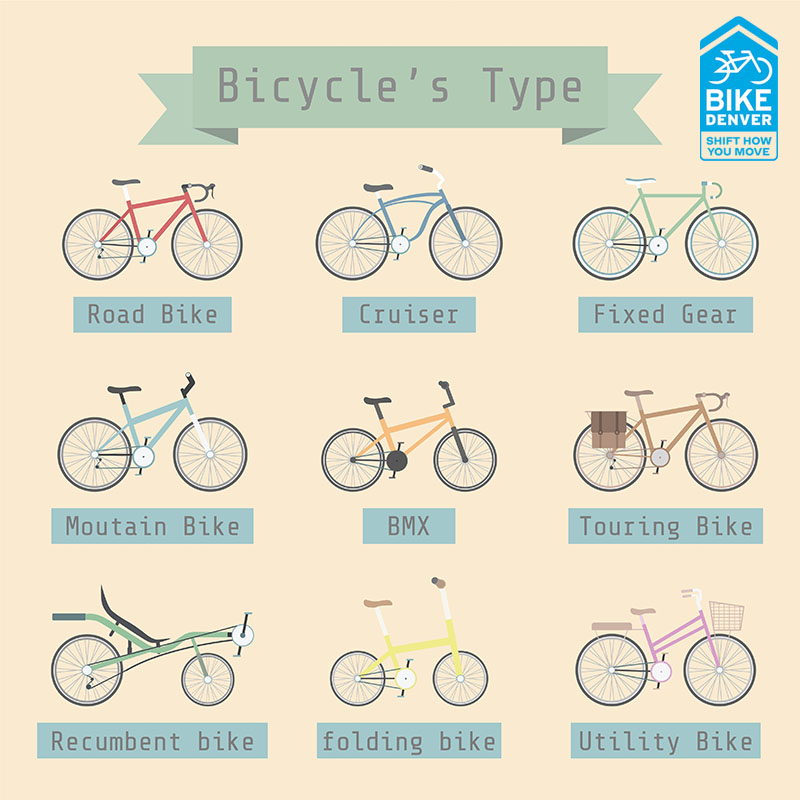
The marketplaces have introduced numerous bike types and models today, each of which is produced to handle varied weather conditions and terrain surfaces.
So the time required for aero road bikes to traverse one mile will significantly differ from how it takes to complete the same distance on a BMX or cruiser bicycle.
Cyclists with fast average speeds often prefer aerodynamic rides. But competitors or riders engaged in triathlons may turn to carbon road bicycles with smooth tubing to keep them in a solid riding position. That way, slicing through resistance will be a piece of cake.
For more info about these bikes, take a look at the sum-up chart:
| Bicycle Type | Average Speed | How Long It Takes to Ride a Mile |
| Fat Bikes | 8 to 10 MPH | 6 to 7.5 Mins |
| Mountain Bikes | 9 to 30 MPH | 2 to 6.66 Mins |
| BMX Bikes | 11 to 18 MPH | 3.33 to 5.45 Mins |
| Folding Bikes | 10 to 12 MPH | 5 to 6 Mins |
| Electric Bikes | 15 to 28 MPH | 2.14 to 4 Mins |
| Commuter Bikes | 11 to 18 MPH | 3.33 to 5.45 Mins |
| Comfort Bikes | 3 to 15 MPH | 4 to 20 Mins |
| Gravel Bikes | 12 to 16 MPH | 3.75 to 5 Mins |
Factors That Affect The Time To Bike One Mile
1. Strength
Strength is the core factor affecting how much speed we can exert – particularly the pedaling strength. Exercise and frequent practice will be the best way to improve it.
2. Weight
Let’s consider two cyclists whose power production is similar – 225 watts. The only difference is their weight – one 175 pounds and the other 130 pounds. The latter will be much faster since he uses much less energy for every movement.
The bike’s weight also matters: even just one bottle can impact your wattage output. Assess what you need to bring on the trip and what can be left behind!
3. Resistance, Wheels, and Gears
The thicker the air density, the heavier you and your bike will get. And substandard wheels and gears only worsen the scenario, so be careful while browsing options. Only choose premium wheels/gears with even treads and tight connections.
4. Weather
There’s no doubt about it; you will ride faster on a sunny day with better traction than under heavy rain or snow. See the weather forecast the night before to prepare yourself with the right equipment and clothes!
5. Your Mood
Few people think of this, but your mental state is crucial. It’s hard to focus on the road and control your bike well if negative thoughts keep floating in your head.
The Fastest Way to Ride One Mile
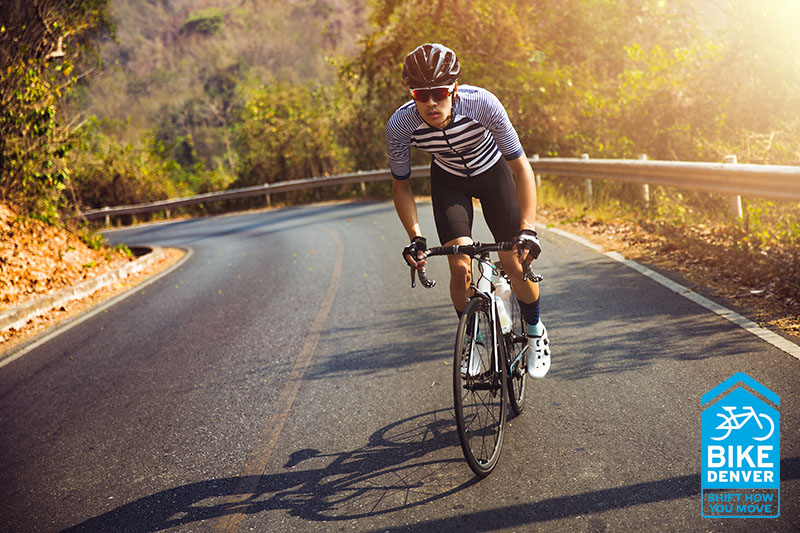
One common assumption most people often have is that they should start from one higher point before coasting downhill. Nevertheless, that’s far from the truth; gravity will limit your speed and render your bike much slower. The fastest biking style would be mounting the bicycle and pedaling immediately.
Still, remind yourself to stop at the right time during biking to prevent accidents and injuries.
See also: How Fast Can You Go On A Bike?
Extra Tips for Speed Increase
1. Load Your Body’s Lower Half
Do you want to achieve better performance with less effort for every ride? It’s time to increase the energy in your calves, hamstrings, glutes, and quads.
Exercises such as squats, hip thrusts, lunges, and deadlifts all help target those muscle groups, providing the required power for higher speed.
Beginners and first-timers should begin with basic bodyweight exercises involving:
- Form down
- Picking up weights for further resistance
- Pushing through climbs and riding more aggressively for longer periods
2. Practice Your Cadence
Pedaling more does not equate to better speed. Instead of “more,” “faster” should be the keyword here: you need to practice pedaling less but more quickly. Your muscle strains will drop, allowing you to achieve good velocity without feeling exhausted.
And here is when you should learn about cadence – a term that refers to how many times the pedals are turned per minute.
Though no one has defined “perfect cadence,” amateur riders often ride at 80-90 RPM, while pro cyclists’ cadence approaches 100 RPM. (You have probably heard of Chris Froome, who often pedals around 100, even during uphill riding).
Furthermore, it’s important to develop “souplesse” – a type of efficient and smooth riding that exerts more power through fewer pedal strokes.
Conclusion
These guidelines have given you a detailed answer on the fastest mile on a bike based on numerous standards and criteria. You can always increase your riding efficiency with some common tricks – suited to both professionalists and beginners – that we provided. A consistent practicing schedule will bring amazing results that you cannot expect!
Do not rush into the road; these tips need time and effort. We always suggest bringing in some riding partners, which lifts the boredom off your riding trip and motivates you towards your goal faster.
You can always turn to us for more clarifications, support, and advice.
